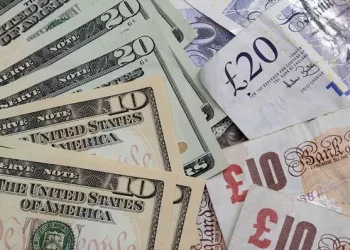In the currency market, the US dollar experienced a remarkable rally. A widely – used gauge of dollar strength spiked by as much as 0.9%. This increase was a direct consequence of the improved trade relations between the US and China, which boosted overall market confidence. The dollar’s rise was particularly notable against several major currencies.Conversely, the Japanese yen, traditionally considered a safe-haven currency, took a hit. As the prospects of a thaw in the US-China trade war stoked risk appetite among investors, they moved away from the yen. The yen plunged significantly, reflecting the shift in market sentiment towards more risky assets.
Market Reacts to Trade War De-escalation
The financial markets have responded strongly to the news of a de-escalation in the trade war between the United States and China. The two economic giants agreed to temporarily lower certain tariffs for a period of 90 days, a decision that sent shockwaves through various asset classes. The immediate result was a significant surge in the value of the US dollar, accompanied by a sell-off in government bonds.Stock markets on both sides of the Atlantic received a substantial boost. The news of the tariff reduction agreement was seen as a positive sign for global economic growth. It reduced the uncertainty that had been weighing on stocks due to the ongoing trade war, leading investors to increase their exposure to equities.
A Pivotal Moment for Markets
This development represents a major potential pivot point for financial markets. For some time, markets have been in a state of turmoil, largely due to US President Donald Trump’s efforts to restructure global trade. His administration’s punitive tariffs on China were a major flashpoint, sparking a full – fledged trade war and fueling widespread fears of a global recession. The current agreement on tariff reduction offers hope that the markets can move towards a more stable and predictable future.
Related topics























